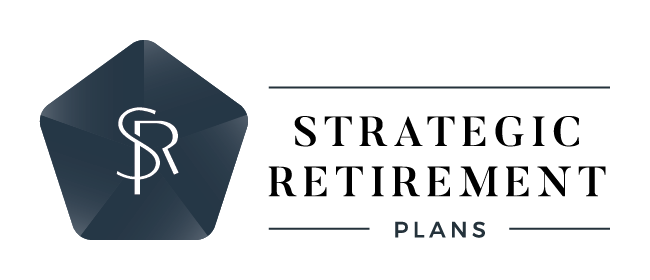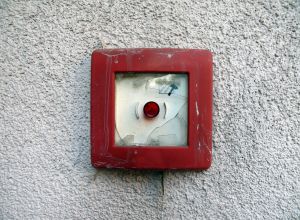You’ve probably heard how important it is to establish and maintain an emergency fund. Unfortunately, most people don’t fully realize this until a money emergency is upon them. Are you financially prepared for a leaky roof? How about a broken-down car? If you lost your job, how long would you be able to support yourself and your family until you got a new one?
An emergency fund is money that you’ve set aside to be used in these critical situations, be it to handle a minor home repair or to pay for something more serious, like medical bills. Despite the clear importance of having an emergency fund, however, more than three in five Americans have accumulated no savings for unforeseen expenses, according to a recent Bankrate report.
Set a goal
How much you need to save depends on a variety of factors. Generally speaking, your emergency fund should cover three to six months of living expenses. (Start with three months and aim to work your way up to six months.) There are plenty of free online tools that can help you figure out how much you should have on hand. For example, HelloWallet’s emergency savings calculator, available at https://hellowallet.com/emergency-savings, offers instant insight into this planning consideration.
Keep your funds accessible
It’s important to pick a bank and a savings vehicle that will give you easy access to your emergency fund when you need it. Consider keeping a portion of your money in a regular savings account, as it will provide some return and you’ll be able to withdraw it at any time without penalty. For longer-term funding, you might want to use a savings vehicle with higher interest, such as a certificate of deposit (CD) or multiple CDs.
Avoid savings pitfalls
Naturally, there may be obstacles to overcome as you build your emergency fund. Take a look at some of the most common pitfalls and ways to avoid them:
- Using your credit card as an emergency fund. Although credit cards may be convenient, there is a lot to consider before turning to plastic. Using your credit card will likely resolve the immediate need, but when you think about interest on the debt and possible penalties, it may not be worth it in the long run.
- Cheating other accounts to fund your emergency stash. Withdrawing money allocated to other resources, particularly your retirement savings account, can do long-term damage to your financial picture. If you borrow from your retirement account and default on the loan, you could face serious tax implications and penalties. Think of it this way: taking cash out of your retirement account is like stealing from yourself in your golden years.
- Thinking that you can’t afford it. The most common excuse for not maintaining an emergency fund is that you don’t make enough money to save. Although your budget may be tight, you don’t need to put away hundreds or thousands of dollars all at once. Starting small works just as well. You might try brewing your morning coffee at home instead of buying it or bringing a bag lunch to work instead of going out. The savings may not be dramatic initially, but they will add up.
Start today!
Establish your savings goal, figure out how much money you need to put away every month, and stick to the plan. Remember: it’s better to have an emergency fund and never use it than to face hard times with no means to support yourself and your family.


